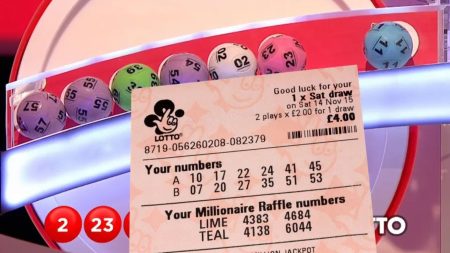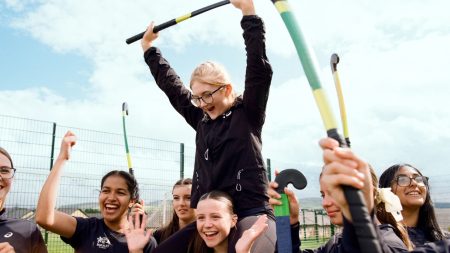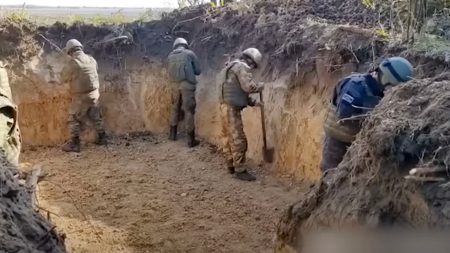This visual puzzle presents a seemingly straightforward black-and-white sketch of a mountainous landscape, but embedded within the image are ten cleverly disguised animals, creating an optical illusion that challenges perception and cognitive abilities. The challenge lies in identifying all ten animals within a tight nine-second timeframe, a feat reportedly achieved by only 10% of viewers. The animals, which include a parrot, bull, elephant, deer, crocodile, horse, goose, fox, rooster, and a human figure, are seamlessly integrated into the natural elements of the drawing, with tree branches, rocks, and slopes doubling as animal forms. This interplay between landscape and animal forms requires keen observation and the ability to discern hidden patterns. Some viewers have even reported spotting an eleventh animal – a frog – not included in the original list, adding another layer to the puzzle’s complexity.
The difficulty of the puzzle stems from the way our brains process visual information. While our eyes capture the light reflecting off an object, it is our brain that interprets this information and constructs the image we perceive. This process is not always straightforward. Our brains prioritize speed and efficiency, often taking shortcuts to create a simplified representation of the world around us, especially when potential threats are perceived. This tendency to prioritize speed can lead to misinterpretations and illusions, as the brain fills in gaps and makes assumptions based on incomplete information. In this particular illusion, the animals are strategically camouflaged within the landscape, forcing the brain to work harder to differentiate between the natural elements and the hidden animal forms.
Optical illusions and brainteasers like this one offer significant cognitive benefits. They stimulate different brain regions, enhancing mental agility and flexibility. The process of searching for hidden objects requires focused attention and concentration, strengthening these cognitive skills. Furthermore, the act of solving puzzles improves problem-solving abilities and analytical thinking. These challenges often involve recalling information from memory, which can contribute to improved memory function. The creative nature of these puzzles encourages “thinking outside the box,” fostering innovation and unconventional thought processes.
Beyond the cognitive benefits, engaging with puzzles can also provide stress relief. The enjoyable and absorbing nature of these activities can offer a welcome distraction from daily pressures, promoting relaxation and a sense of accomplishment. The satisfaction of successfully identifying the hidden animals, especially within the allotted time, can boost self-esteem and provide a sense of mental stimulation. This puzzle, in particular, taps into our innate curiosity and desire to uncover hidden meanings, offering a playful challenge that engages both visual and cognitive processing.
The solution to the puzzle reveals the ingenious way the animals are incorporated into the landscape. The parrot is perched within the foliage, the bull’s head forms part of a rocky outcrop, the elephant’s trunk and tusks are cleverly disguised as tree branches, the deer’s antlers blend seamlessly with the treetops, and the crocodile lurks within the shadows of the riverbank. The horse’s head is formed by the contours of the hillside, the goose is nestled among the foliage, the fox is hidden within the undergrowth, the rooster is perched on a branch, and the human figure is subtly integrated into the landscape. The ‘bonus’ frog can be found near the base of the tree trunk. This intricate arrangement of animal forms within the natural landscape highlights the artist’s skill and creativity.
This type of visual puzzle serves as a reminder of the complex relationship between perception and reality. Our brains constantly interpret the world around us, filtering and processing information to create a coherent picture. Optical illusions exploit the limitations of this process, revealing the shortcuts and assumptions our brains make. By engaging with these illusions, we gain a deeper understanding of how our brains function and the potential for misinterpretation. Moreover, these puzzles offer a fun and engaging way to challenge ourselves mentally, sharpening our cognitive skills while enjoying the satisfaction of solving a visual riddle. The success of identifying all the animals, especially within the challenging nine-second window, reinforces the importance of focused attention, sharp observation, and the ability to think creatively.











